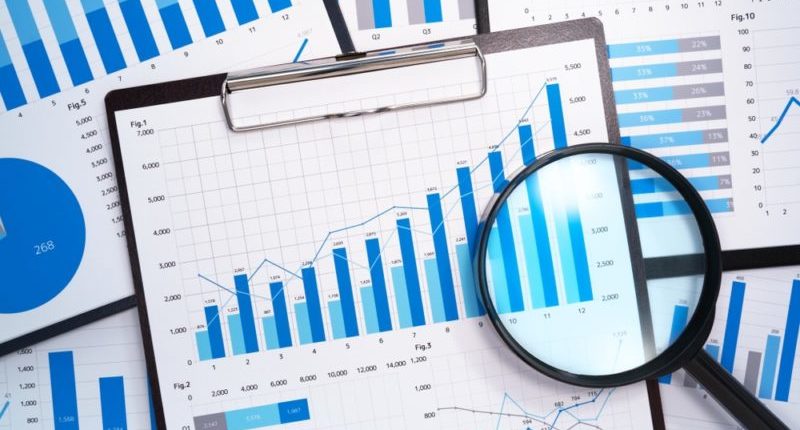A survey done by the National Statistical Office (NSO) shows a fall in consumer spending in 2017-18 for the first time in four decades.
The survey was conducted by the NSO for the period between July 2017 and June 2018, i.e. partly after demonetisation and the period of implementation of the Goods and Service Tax law. The survey has found that consumer spending fell by 8.8% in rural areas in 2017-18. However, consumer spending in cities rose by 2% over six years. The fall in consumer spending is due to slack rural demand.
As reported by Business Standard, one of the key indicators of the survey is the household consumer expenditure in India. The survey reveals that the average amount of money spent by a person in a month fell by 3.7% to Rs 1,446 in 2017-18 from Rs 1,501 in 2011-12. The figures for monthly per capita consumption expenditure (MPCE) are in real terms, meaning these have been adjusted for inflation, keeping 2009-10 as the base year. In 2011-12, the real MPCE had risen 13% over a period of two years.
According to Himanshu, an Associate Professor at Jawaharlal Nehru University’s Centre for Economic Studies and Planning, the last time the NSO showed a fall in consumption in real terms was in 1972-73, due to global oil crisis. Prior to that, in the mid-1960s, consumption fell due to a domestic food crisis.
Also Read: Indian Government to Adopt Steps to Become a $5 trillion economy
The survey shows a decline in food consumption which implies malnutrition. On average, rural people spent Rs 580 on a monthly basis on food in 2017-18, almost a 10% fall from Rs 643 in 2011-12 (both in real terms). Urban people spent Rs 946 every month in 2017-18, compared to Rs 943 in 2011-12, reflecting muted growth.
The spending on non-food items, such as durable goods, clothing, education, and rent, saw a decline by 7.6% in 2017-18 in rural parts and a hike by 3.8% in urban areas as compared to 2011-12.
Economic commentators and industry watchers have been attributing the fall in economic growth to a lack of demand. India’s gross domestic product (GDP) growth fell to 6.8% in 2018-19 compared to 7.2% in 2017-18 and 6.8% in 2016-17. In the April-June quarter for FY 2019-20, the GDP growth stood at a six-year low of 5%. For the July-September quarter, the GDP growth is likely to be around 4%.
Sources say that the government has appointed a committee to look into the data and also claimed that there was no defect in the report published by NSO.
For any clarifications/feedback on the topic, please contact the writer at sweta.dugar@cleartax.in.
I am a Chartered Accountant by profession. I specialise in personal taxes and corporate income tax matters. I am an avid reader and track developments in financial markets, economy and other market developments.





